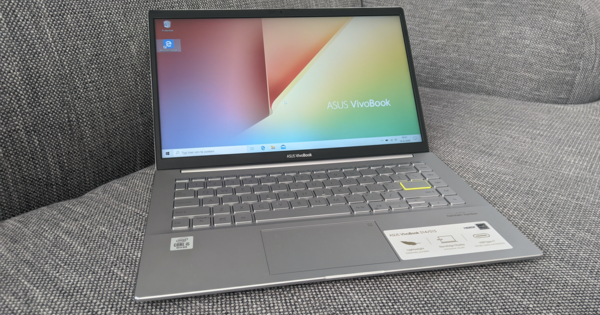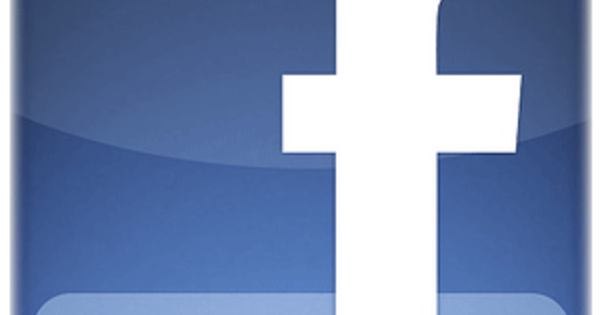It's very annoying: you try to delete a file and Windows casually tells you that you have no permissions to do so. Why no rights? Whose computer does it all belong to? Time to take back control and decide for yourself which files you delete, with Lockhunter.
Step 1: Watch out
As mentioned, Lockhunter is able to delete files that Windows itself refuses to delete. The reason may be that the file is in use by another process, so it won't hurt to delete it. Things get worse if you can't and aren't allowed to delete the file because it's an important system file, for example the files in the System32 folder. Lockhunter will also delete these types of files without mercy and that can irreparably damage Windows. In short, use in moderation.

Step 2: Download Lockhunter
Lockhunter is a free program that has been around for over ten years and is still being updated, which we consider an excellent achievement for freeware. You download the program from www.lockhunter.com with option Download at the top. Make sure that you really download Lockhunter and not USB Safely Remove (the program is right below it). The nice thing about the installation of this program is that you don't have to pay attention to what you check, the program will not try to install all kinds of software that you have not asked for.

Step 3: Clear locked file
Normally you start a downloaded program via your start menu. That is also possible with Lockhunter, but it is not really useful. The program is integrated into Windows Explorer and also works best from its context menu. To delete a locked file, navigate to that file in File Explorer and right click on it. In the context menu, click on What is locking this file. In this example, we will use Taskmgr.exe for a while, because we know that this file (Task Manager) is locked. Just for the record: this is one of those files that you do not want to delete, as mentioned in step 1. In the window that appears, you can see exactly which process ensures that the file cannot be deleted. You can now click on unlock it! to grant yourself access and then click delete it! to actually delete the file.


